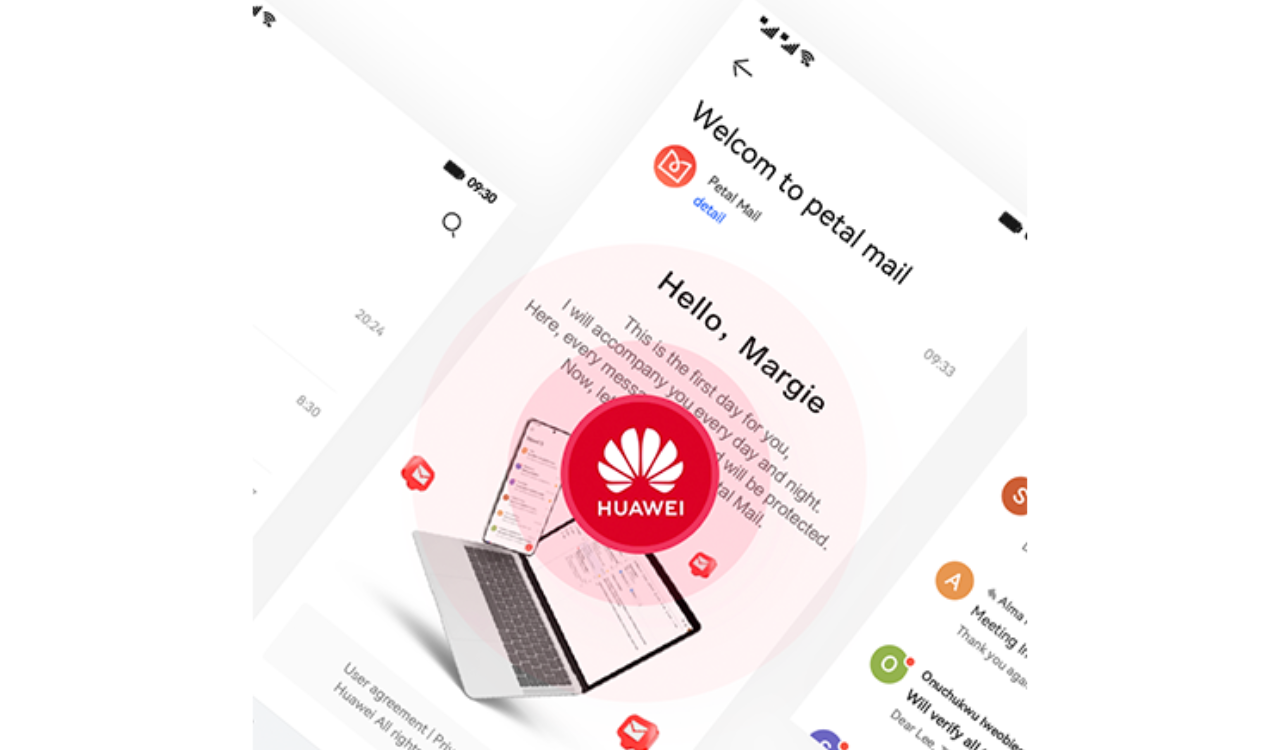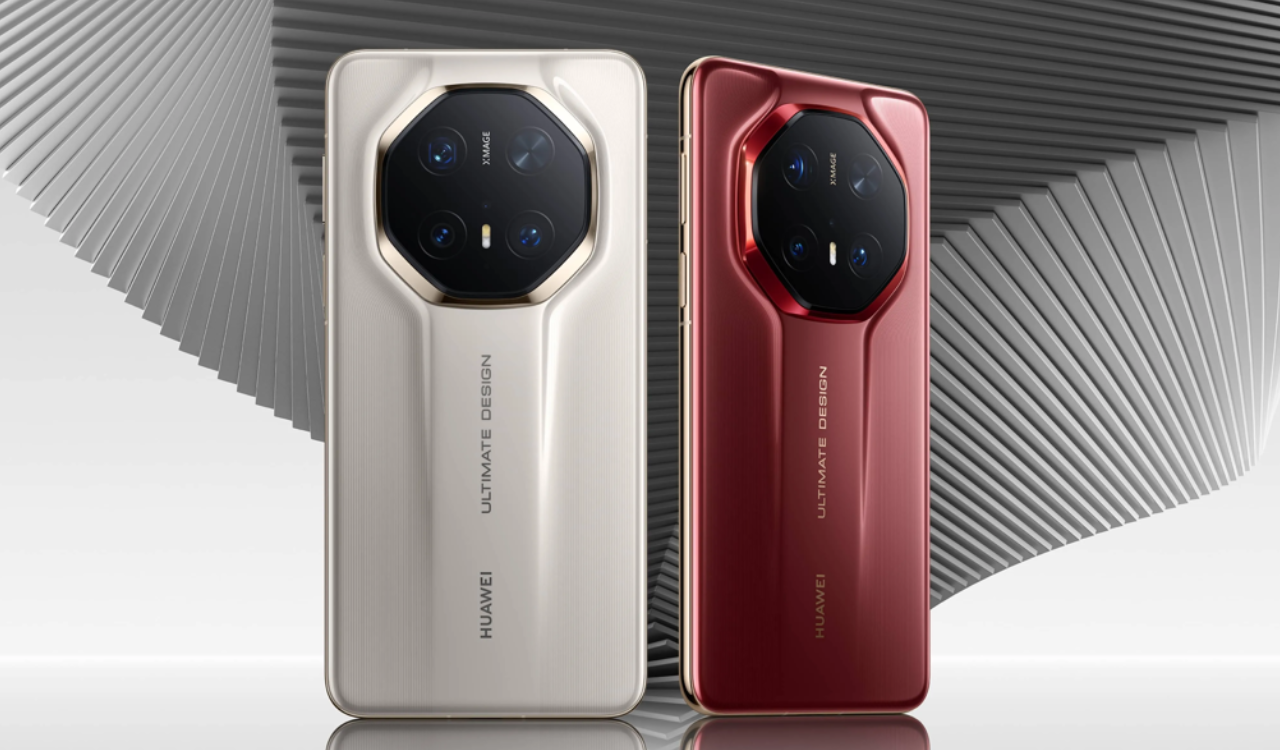Huawei News
Huawei Mobile Services HMS Core 6.0 starts public testing

Huawei Mobile Service HMS Core 6.0 has started public testing in the Huawei Public Test App. According to the official introduction, HMS Core is a collection of the open capabilities of Huawei’s terminal cloud services, helping you build high-quality applications efficiently.
As per the testing of the HMS Core 6.0, install AutoNavi Maps or Baidu Maps App through the Huawei App Market and open the positioning permission, select the walking mode, enter the destination, select the route, turn on the navigation, and walk.
Huawei previously officially announced that HMS Core 6.0 will be released soon. Huawei’s consumer cloud service HMS Core platform said that thanks to HMS Core’s rich open capabilities and complete technical solutions, as well as all-around and full-process service support, the number of global integrated HMS Core applications reached 134,000, making it the third-largest in the world Mobile application.
Last year in July, Huawei has officially introduced the next version of HMS Core – HMS Core 5.0. Huawei HMS (Huawei Mobile Services) Core getting the latest version 5.1.1.303 with improvement in certain services and enhances account security. HMS Core 5.0 has 7 new Kits in the Media, Graphics, and System categories.
HMS Core (HCore) provides basic services for your Huawei devices, such as HUAWEI ID and payments. Simply log in to your HUAWEI ID to access AppGallery, Cloud, Health, and more. If you’re a developer, HMS Core helps you enhance your app’s user experience by providing features such as push notifications, quick logins, in-app payments, machine learning, as well as map and game services.




Huawei News
Huawei Wins Best Network Technology Award at 2025 FutureNet Event

The FutureNet World 2025 event just completed in London, bringing together over 700 industry leaders to talk about the future of network technology. The yearly gathering attracts top executives from global telecom companies, standards organizations, and technology suppliers. For the first time ever, the event created a special “Intelligent Network Best Practice Award” – and Huawei won the prize.
The company stands for its innovative work on smart, self-managing networks. Huawei’s winning technology helps telecom companies run their networks more intelligently with less human intervention. Their solution includes smart digital assistants designed for network maintenance, improving customer experience, and business operations.
These digital helpers fall into two main categories – the Mate series and the Spirit series. The technology has already been rolled out in many countries, showing impressive results across different types of networks including IP, optical, wireless, and core systems. Speaking at the event, Wang Shaosen, who leads Huawei’s smart network solutions, shared the company’s vision: “We’re committed to developing technology that makes networks smarter.
This will help telecom companies succeed with advanced 5G services and prepare for the future of 6G connectivity.

Huawei News
Huawei Petal Mail App will no longer be available for download

According to the official information, the Huawei released the delisting announcement of its Petal Mail App. The full text of the announcement is as follows: [translated]
Thank you for your continued attention and support to the Huawei Petal Mail App. In order to better adapt to the changing needs of product experience, service content and local markets, we have made strategic adjustments to the Huawei Petal Mail App.
The Petal Mail App will officially switch to the Email App on December 31, 2024, and the Petal Mail App will no longer be available for download from the App Store. The Petal Mail App you have installed can be used normally. We apologize for the inconvenience. You can continue to view, send or receive emails in the pre-installed Email App on your Huawei phone or use a computer browser to open the Petal Mail official website ( https://www.petalmail.com ), and your emails and personal data will not be lost.

Huawei News
Huawei Mate 70 lineup repair spare parts prices announced

Huawei released the Mate 70 series of mobile phones, with a starting price of 5,499 yuan. At present, the prices of spare parts for the new Mate 70 series have been announced on Huawei’s official website.
Huawei Mate 70 lineup repair spare parts prices announced
Battery and motherboard
Mate 70
Battery — 199
12GB+256GB — 2499
12GB+512GB — 2899
12GB+1TB — 3599
Mate 70 Pro
Battery — 199
12GB+256GB — 2899
12GB+512GB — 3299
12GB+1TB — 3999
Mate 70 Pro+
Battery — 299
16GB+512GB — 4399
16GB+1TB — 4899
Mate 70 RS
Battery — 299
16GB+512GB — 6499
16GB+1TB — 6999
Camera















